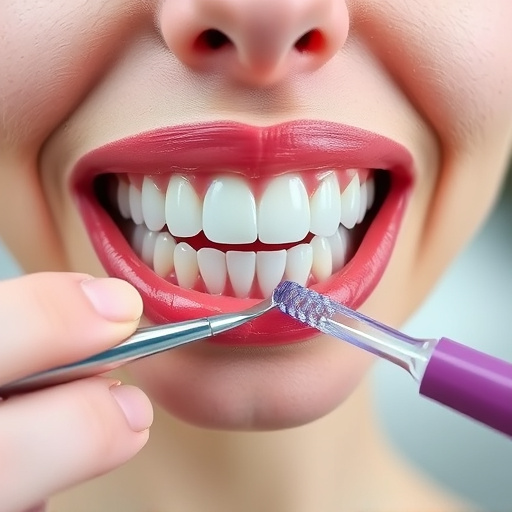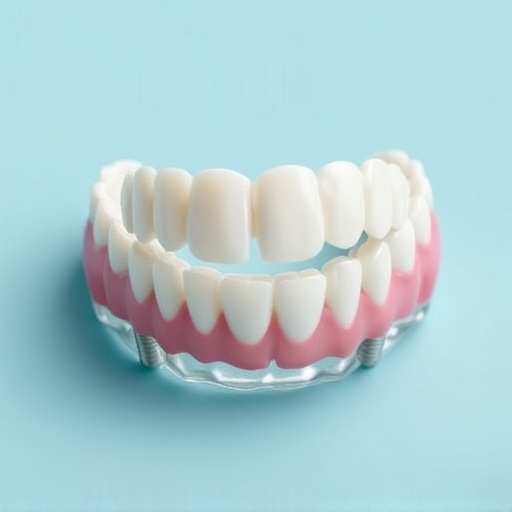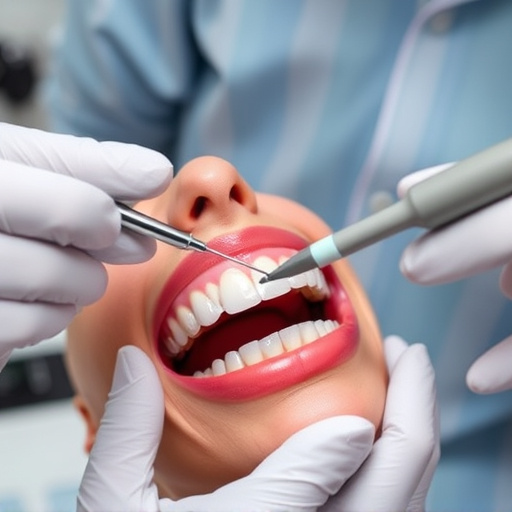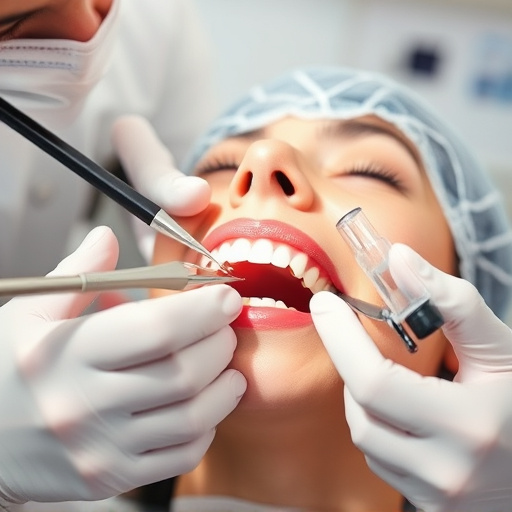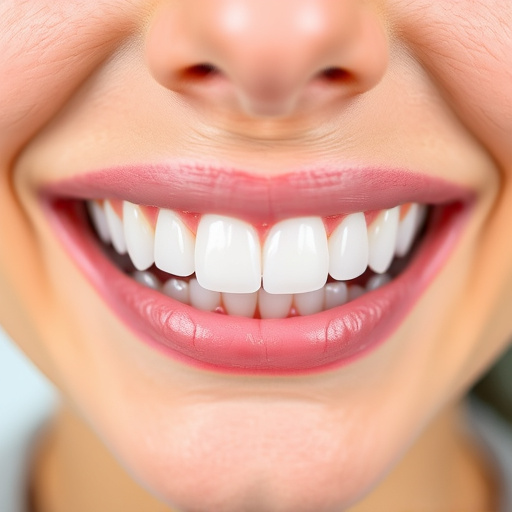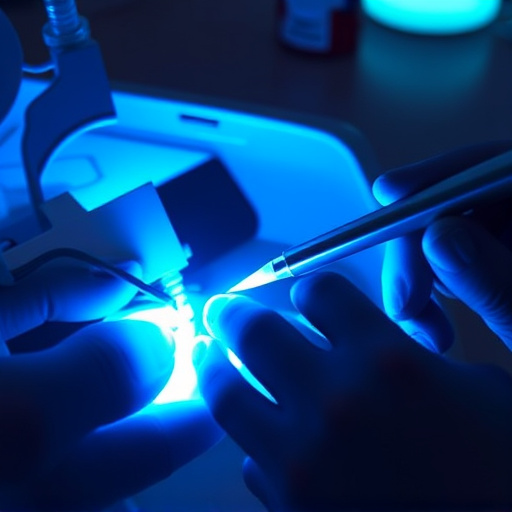Smokers face significantly higher oral cancer risk due to tobacco's harmful chemicals damaging DNA and disrupting cell growth. Regular oral cancer screenings are vital preventive dentistry measures, enabling early detection through advanced technologies like VELI, panoramic X-rays, and CT scans. This detects pre-cancerous lesions, allows for less invasive treatments, preserves oral structures, and improves recovery chances while saving lives and potentially reducing dental costs. Patient education encourages self-examinations and prompt reporting of concerns.
Oral cancer screening is a vital step for patients with smoking histories, as it can significantly improve treatment outcomes. Smoking is a key risk factor for oral cancer, with early detection playing a crucial role in successful treatment. This article delves into the elevated risks faced by smokers, highlighting the importance of oral cancer screening. We explore effective screening methods and emphasize patient education, providing insights to empower individuals to take control of their oral health.
- Understanding Oral Cancer Risks for Smokers
- The Role of Early Detection in Treatment Success
- Effective Screening Methods and Patient Education
Understanding Oral Cancer Risks for Smokers

Smokers face a significantly higher risk of developing oral cancer compared to non-smokers. The harmful chemicals in tobacco products are known to damage DNA and disrupt cell growth, increasing the likelihood of cancerous cells forming in the mouth and throat. This risk doesn’t diminish with the amount smoked; even light smokers are more susceptible to oral cancers. Understanding this heightened vulnerability is crucial for promoting proactive health measures, which brings into focus the importance of regular oral cancer screenings.
Oral cancer screening is a vital component of preventive dentistry, especially for individuals with a history of smoking. During these screenings, dental professionals use various tools and techniques to detect any early signs or symptoms of oral cancer, including abnormal lesions, discolored patches, or swollen lymph nodes. Early detection allows for more effective treatment and improves patients’ chances of recovery. In addition to saving lives, regular check-ups can also lead to cost-effective care by identifying potential issues before they become serious health problems, which is particularly relevant in the context of both general and cosmetic dentistry.
The Role of Early Detection in Treatment Success
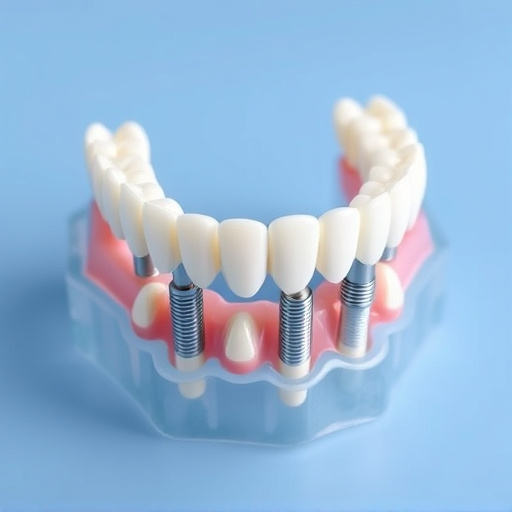
Early detection plays a pivotal role in the successful treatment of oral cancer, emphasizing the critical importance of regular oral cancer screening for individuals with a history of smoking. When detected at an early stage, oral cancer treatments are often more effective and less invasive, significantly improving patient outcomes. This is because many oral cancers exhibit few symptoms in their initial phases, allowing for a delay in diagnosis that can be detrimental.
Oral cancer screening as part of preventive dentistry includes routine dental cleanings and examinations, where dentists can identify subtle changes or abnormalities in the mouth, including pre-cancerous lesions. These screenings are particularly crucial for smokers, as they are at a higher risk of developing oral cancer due to the effects of tobacco use on the oral cavity. Regular check-ups enable prompt intervention if any concerning findings are discovered, often leading to more conservative treatment options and better preservation of oral structures, such as teeth and nearby tissues, through procedures like dental crowns.
Effective Screening Methods and Patient Education
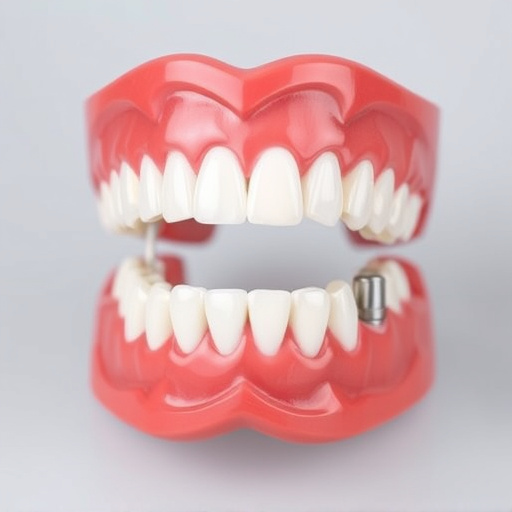
Oral cancer screening is a vital process that combines advanced technologies and patient awareness to detect potential cancers at early stages. Effective methods include visual examinations by dental professionals, who can identify unusual lesions or changes in oral tissues. Additionally, VELI (Visual Examination with Light) and enhanced imaging techniques like Panoramic X-rays and CT scans play crucial roles in revealing hidden abnormalities. Patient education is another key aspect; teaching individuals about the signs and symptoms of oral cancer empowers them to self-examine regularly and report any concerns promptly.
Regular screening, especially for those with a history of smoking or other risk factors, can lead to timely interventions. While restorative dentistry procedures like dental bonding and implants offer solutions for damaged teeth, early detection through screening is paramount in preventing the spread of cancerous cells and ensuring optimal patient outcomes.
Oral cancer screening is a vital step for patients with a history of smoking, as it can significantly improve treatment outcomes. By understanding the increased risks and implementing effective screening methods, healthcare professionals can detect oral cancer at an early stage, leading to better patient outcomes and quality of life. Early detection through regular oral cancer screenings is a powerful tool in the battle against this disease, offering hope and potentially saving lives.



